|
Having trouble viewing this email? View it as a Web page.

|
|
|
Editor: Kelly Sprute July 28, 2021
Making a Difference
 Male fruit fly, courtesy of Adobe Stock.
Fruit Fly Offers Lessons in Good Taste
What can the fruit fly teach us about taste and how chemicals cause our taste buds to recognize sweet, sour, bitter, umami, and salty tastes? Quite a lot, according to University of California, Riverside (UCR), researchers who have published a study exploring the insect’s sense of taste.
The fruit fly has multiple taste organs throughout its body to detect chemicals, called tastants, that signal whether a food is palatable or harmful. It is still unclear, however, how individual neurons in each taste organ act to control feeding. The researchers found food choice decisions cannot be made in the absence of taste input; the latter is critical for ensuring appropriate food choice and feeding behavior.
The study is the first to directly test the impact of loss of all taste neurons on behavioral responses to tastants of different categories. It is also the first to test whether a single class of taste neurons is sufficient for food choice and feeding behavior. The team anticipates that knowing how taste neurons work in flies will facilitate insect studies of greater health or agricultural importance such as for manipulating feeding behaviors of pests. The study was supported in part by USDA’s National Institute of Food and Agriculture. For more information, read the UCR News article.
|
|
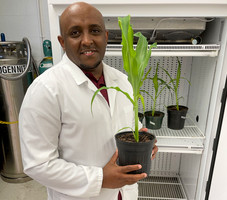
USDA Invests Over $21.8M to Build Agricultural Capacity at HBCUs in the Nation’s Land-grant University System
The U.S. Department of Agriculture announced today an investment of over $21.8 million to 1890 Land-grant Institutions to support research at Historically Black Colleges and Universities at our nation’s Land-grant University System.
“Our 1890 Land-grant universities are an integral part of our nation’s fabric,” said Agriculture Secretary Tom Vilsack. “As USDA continues to work tirelessly to advance equity and provide greater access to nutritious and safe food for all Americans, especially to historically disadvantaged groups, this investment will strengthen the ability of our Land-grant Institutions to deliver innovative solutions that address emerging agricultural challenges impacting diverse communities. We are pleased to be able to build the research and training capacity of these critical institutions as they develop the next generation of leaders in agriculture.”
USDA’s National Institute of Food and Agriculture (NIFA) awarded over $21.8 million to 1890 Land-grant Institutions to support 58 projects at Historically Black Colleges and Universities in the nation’s Land-grant University System and organizations as part of its Capacity Building Grants program. For more information, read the NIFA press release.
NIFA's 1890 Land-grant Institution Capacity Building Grants program supports researchers such as Dr. Simon Zebelo of University of Maryland, Eastern Shore, to develop innovative solutions that address agricultural challenges. Photo by Todd Dudek, UMES Agricultural Communications.
|

New Tool Provides Nutrition Tips for Feeding Infants and Toddlers
The U.S. Department of Agriculture recently announced the launch of its first ever Alexa skill, a digital tool for parents and caregivers of infants and toddlers between four and 24 months old. Families who use the MyPlate Alexa skill receive nutrition information on what and how to feed their child based on their child's age. The MyPlate Alexa skill is the latest addition to MyPlate’s extensive suite of resources aimed at helping Americans achieve a healthy, attainable diet that fits their individual lifestyle and budget. For more information, read the USDA press release.
Asking questions to the ‘Alexa’ digital assistant, courtesy of Getty Images.
|
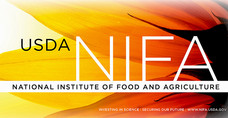
NIFA Career Opportunities
We are hiring! Remember to check out NIFA's Career Opportunities webpage, where there is a direct link to all open positions. You can also explore NIFA job openings listed on USAJobs. Multiple positions may be filled under a single vacancy announcement. Current NIFA job openings are for Kansas City, Missouri, or location negotiable after selection:
Supervisory Grants Management Specialist (GS-15) Office of Grants and Financial Management, Awards Management Division
Duty Station: Kansas City, MO or Negotiable After Selection
Closing Date: 07/30/2021 or upon receipt of 150 applications
View the merit promotion job announcement (mainly for current/former federal employees)
Supervisory Social Science Specialist (GS-15)
Division Director of 4-H and Youth; and Division Director for Family and Consumer Sciences in the Institute of Youth, Family & Community
Duty Station: Kansas City, MO or Negotiable After Selection
Closing Date: 07/30/2021 or upon receipt of 150 applications
View the all citizens job announcement or the merit promotion job announcement (mainly for government employees)
|
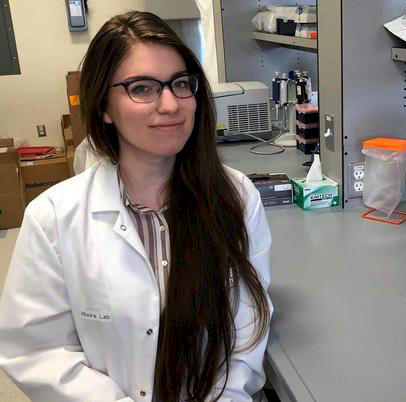
Food Science Grad Student Awarded USDA Fellowship for Food Allergy Research
University of Massachusetts Amherst Food science Ph.D. candidate Cassandra Suther has received a prestigious predoctoral fellowship of $180,000 from the U.S. Department of Agriculture’s National Institute of Food and Agriculture’s Food Research Initiative fellowship to study the effect of norovirus on the development and severity of food allergies. For more information, read the University of Massachusetts Amherst article.
|
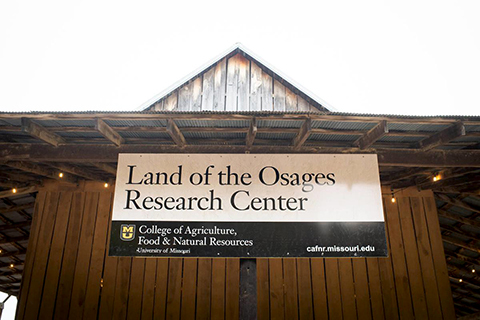
Creating Culturally Relevant and Engaging Tribal Opportunities
USDA’s National Institute of Food and Agriculture awarded $500,000 in funding for “MU-Osage Food & Agriculture Program for Tribal Student Recruitment, Engagement, and Success,” through the New Beginnings for Tribal Students (NBTS) grant program. NBTS is a competitive grant for land-grant colleges and universities to provide identifiable support, specifically for Tribal students. The goal is to positively impact Tribal students, educators, and University of Missouri (MU)-Osage project personnel by creating culturally relevant and engaging opportunities for these students to feel welcome, safe, and supported at MU. Tribal students from the Osage Nation will have the opportunity to participate in an experiential summer program with cultural heritage applications that will take place at MU and at Land of the Osages Research Center. For more information, read the University of Missouri news article.
Land of the Osage Research Center, courtesy of the University of Missouri Flickr.
|
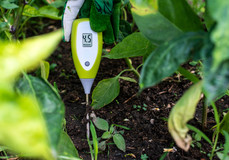
Developing Machine Learning Tools for Soil Moisture Data
An Ohio State University (OSU) faculty member has launched a three-year federally funded project that will develop nationally available, high-resolution cyberinformatics tools to help farmers and others analyze and respond to soil conditions. The work will be led by Ohio State’s Translational Data Analytics Institute Professor Steven Quiring. A $499,000 grant from USDA’s National Institute of Food and Agriculture will support the project. Quiring’s new project will develop user-friendly tools for agriculture, agribusiness, natural resource management, and science that use machine learning to integrate disparate satellite, in situ and model-derived data; downscale them to a usable scale; and disseminate them in near-real time. For more information, read the OSU article.
Soil moisture meter, courtesy of Getty Images.
|
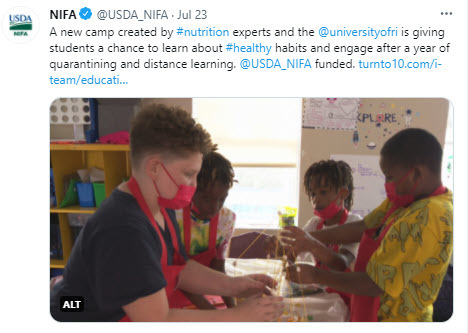
|
|
|
NIFA’s mission is to invest in and advance agricultural research, education, and extension that solve societal challenges. NIFA’s investments in transformative science directly support the long-term prosperity and global preeminence of U.S. agriculture. Keep informed about NIFA, USDA, our land-grant and non-land-grant university partners, and stakeholders with the NIFA Update. Read past issues online, sign up for email updates or follow us on Twitter @USDA_NIFA, #NIFAImpacts or LinkedIn @usda-nifa.
If you wish to submit a news item or information, send an email to NIFAUpdate.
USDA is an equal opportunity lender, provider, and employer.
|
|
|
|